Kamas Valley Real Estate Statistics
| Average Price | $2.5M |
|---|---|
| Lowest Price | $130K |
| Highest Price | $22.5M |
| Total Listings | 169 |
| Avg. Days On Market | 122 |
| Avg. Price/SQFT | $522 |
Property Types (active listings)
Search Kamas Valley, Park City Utah Real Estate
- All Listings
- $100,000 - $200,000
- $200,000 - $300,000
- $300,000 - $400,000
- $400,000 - $500,000
- $500,000 - $600,000
- $600,000 - $700,000
- $700,000 - $800,000
- $800,000 - $900,000
- $900,000 - $1,000,000
- Over $1,000,000

Amenities, Trails, And Nearby Services
Kamas Valley provides access to extensive public lands and trail systems throughout the surrounding Wasatch Mountains and Uinta-Wasatch-Cache National Forest. The towns of Kamas and Francis offer basic services, local restaurants, and community gathering places, while more extensive shopping requires trips to Park City or Heber City. Summer access via Mirror Lake Highway opens recreation deep into the High Uintas Wilderness.
- Mirror Lake Highway climbs from Kamas into the Uinta Mountains, providing access to camping, fishing, hiking, and backcountry recreation during summer months
- Public land access surrounds the valley, offering trail riding, hunting, fishing, and exploration across thousands of acres
- Kamas and Francis provide gas stations, small grocery stores, local restaurants, and community services for daily needs
- Equestrian trails wind throughout the valley and connect to national forest access for horseback riding
- Park City sits 25 to 30 minutes away for resort dining, shopping, skiing, and cultural activities
- Heber City is about 20 minutes in the opposite direction, offering additional medical services, retail, and schools
The lifestyle here emphasizes land stewardship and outdoor recreation. You get significant acreage and agricultural freedom while maintaining reasonable access to Park City amenities and surrounding public lands for year-round exploration.
Kamas Valley Real Estate FAQs
What's the price range for properties in Kamas Valley?
Kamas Valley properties start around $800,000 for homes on smaller residential acreage and range up to $5 million or more for large working ranches with significant land, water rights, and infrastructure. Most active listings fall between $1.5 million and $3 million, reflecting properties with 10 to 30 acres and equestrian or agricultural capabilities. Pricing depends heavily on total acreage, water rights, structures, and income-producing potential.
Can you have horses in Kamas Valley?
Yes, Kamas Valley is highly equestrian-friendly with most properties zoned for horses and livestock. Many parcels include existing barns, arenas, pastures, and water rights for animal care and agricultural use. The valley's ranching heritage and open space make it ideal for serious horse owners building comprehensive equestrian facilities or managing breeding and training operations.
What are water rights and why do they matter?
Water rights allow property owners to irrigate land for agriculture, landscaping, or livestock, and significantly affect property values in Kamas Valley. Senior water rights provide more reliable access during dry years compared to junior rights. The TJ Walsh Group can help buyers understand existing water rights, their priority dates, and how they impact intended uses like ranching, horses, or crop production.
How far is Kamas Valley from Park City?
Kamas Valley sits approximately 25 to 30 minutes from Park City via Highway 248 and 32, making occasional resort visits feasible without daily commuting. Most residents appreciate the distance as creating separation from tourist activity while maintaining access to skiing, dining, and services. The drive becomes longer during winter weather or peak traffic periods.
Are there HOA fees in Kamas Valley?
Most Kamas Valley properties have minimal or no HOA fees, as the area consists primarily of individual ranch parcels and agricultural land rather than planned developments. Some newer subdivisions may have modest HOAs covering road maintenance, typically just a few hundred dollars annually. The lack of HOA restrictions appeals to buyers wanting freedom to use land for ranching, horses, or agricultural purposes.
Is Kamas Valley good for full-time living?
Yes, many Kamas Valley residents live here year-round, working locally or commuting to Park City or Heber City for employment. The valley offers authentic small-town community, good schools through South Summit School District, and practical services for daily living. Full-time residents appreciate the agricultural character and tight-knit community atmosphere compared to resort-focused areas.
Can you build additional structures on Kamas Valley properties?
Most Kamas Valley properties allow additional structures like barns, shops, guest houses, or agricultural buildings based on county zoning and lot size. Buyers planning significant development should verify specific zoning regulations, setback requirements, and building permits with Summit County. The TJ Walsh Group can help navigate county processes and understand what development is realistic for specific parcels.
What's the difference between Kamas Valley and Park City neighborhoods?
Kamas Valley offers significantly more land per dollar, agricultural zoning, and rural ranch character compared to Park City's resort-focused neighborhoods. The trade-offs include longer distances to ski resorts, fewer immediate services, and well/septic systems rather than municipal utilities. Kamas Valley attracts buyers prioritizing land ownership and agricultural lifestyle over resort amenities and walkability.
Are there medical services in Kamas Valley?
Basic medical services are available in Kamas and Francis, with more comprehensive care at Heber Valley Medical Center about 20 minutes away and Park City Medical Center roughly 30 minutes away. Emergency services cover the valley, though response times are longer than urban areas. Most residents accept rural medical access as part of the lifestyle trade-off for land and privacy.
Can you generate income from Kamas Valley ranch properties?
Yes, many Kamas Valley ranches generate income through hay production, livestock operations, horse boarding, or agricultural leases. Properties with senior water rights and productive land offer the best income potential. The TJ Walsh Group can help buyers evaluate whether specific properties have realistic income opportunities based on water rights, land quality, and existing infrastructure compared to recreational-only acreage.
Browse Other Park City, Utah Communities
_(1).jpg)
Ready to Buy Your Next Home in Park City, Utah?
Whether you're considering Old Town, Park Meadows, or a quieter golf-course neighborhood, our team at TJ Walsh Group can help you navigate each option with clarity. We know the local zoning, resale patterns, and seasonal market shifts that influence pricing. If you're serious about finding the right home in Park City, we're ready to guide you every step of the way.
Start Search
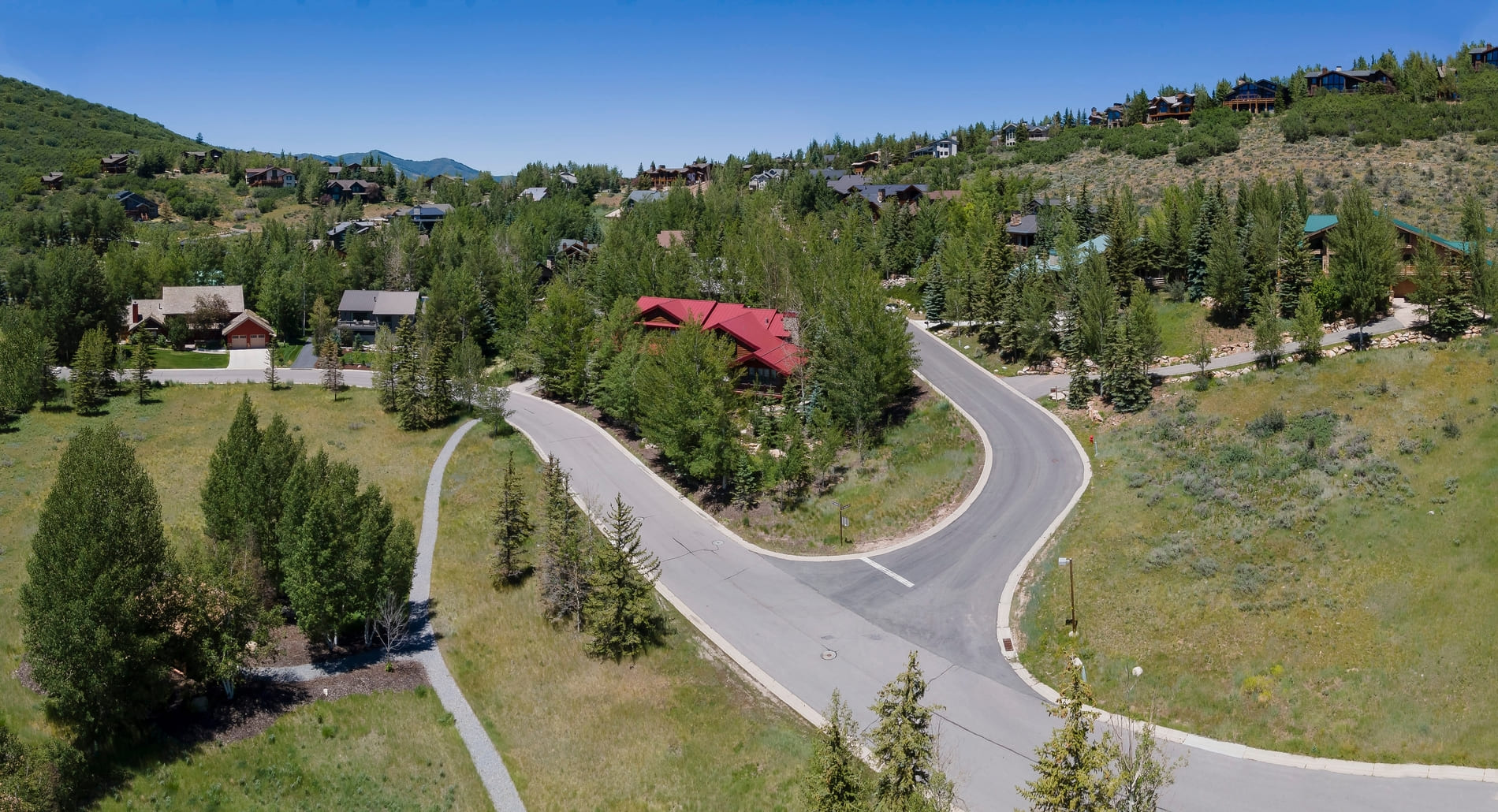

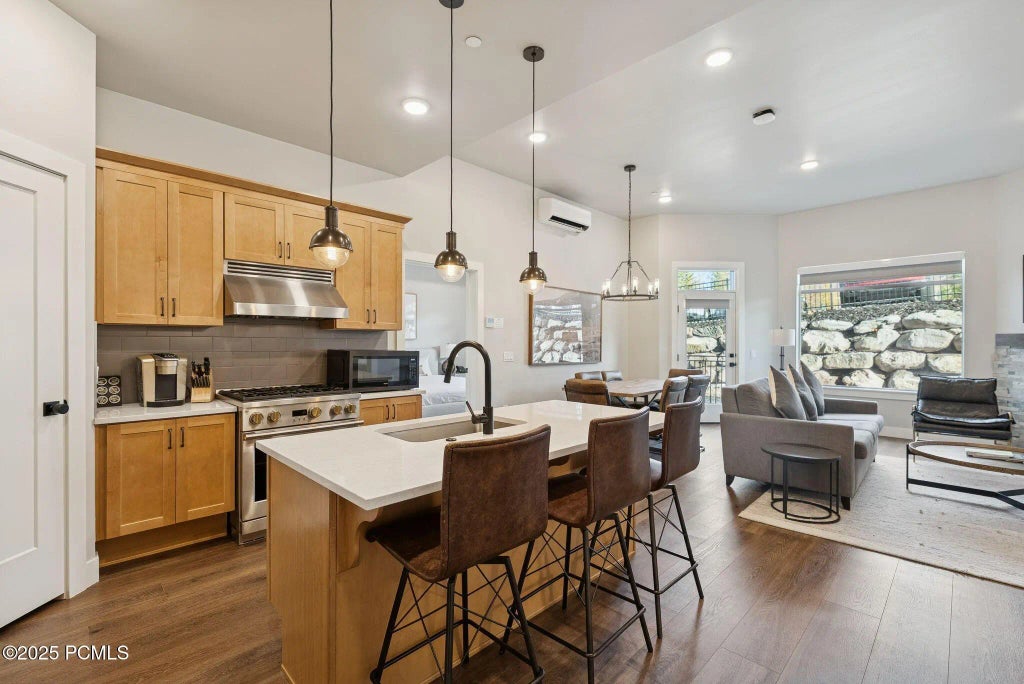
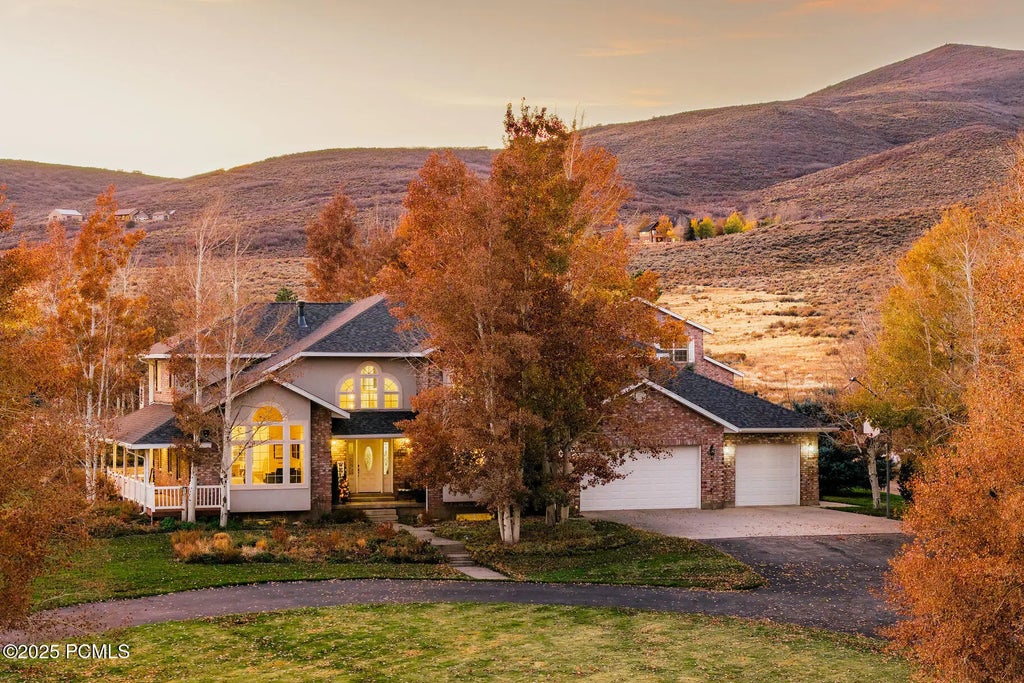
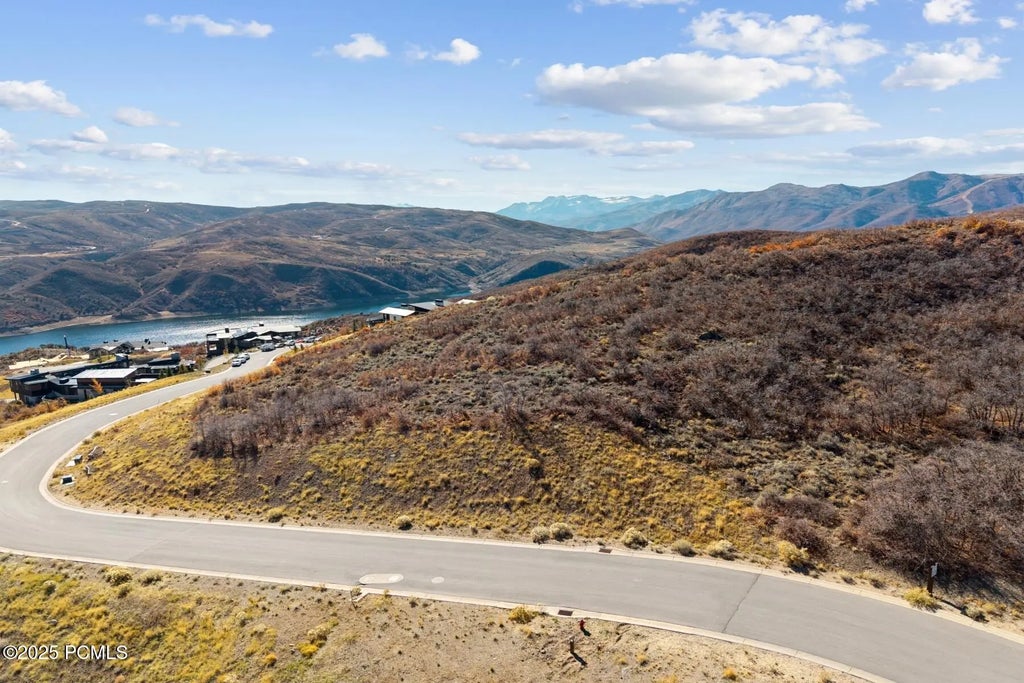
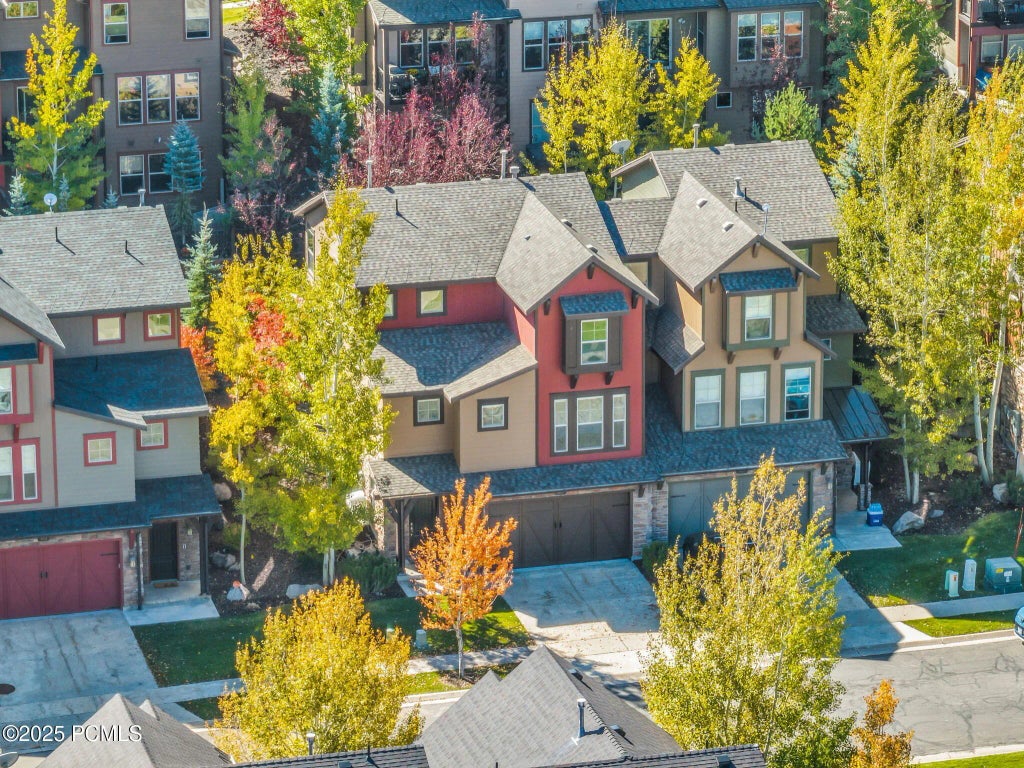
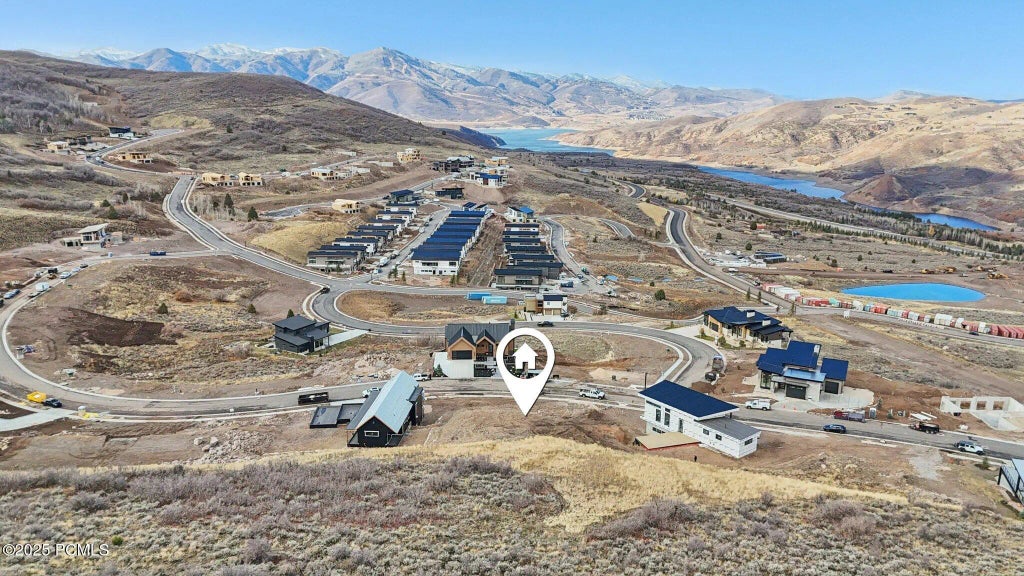
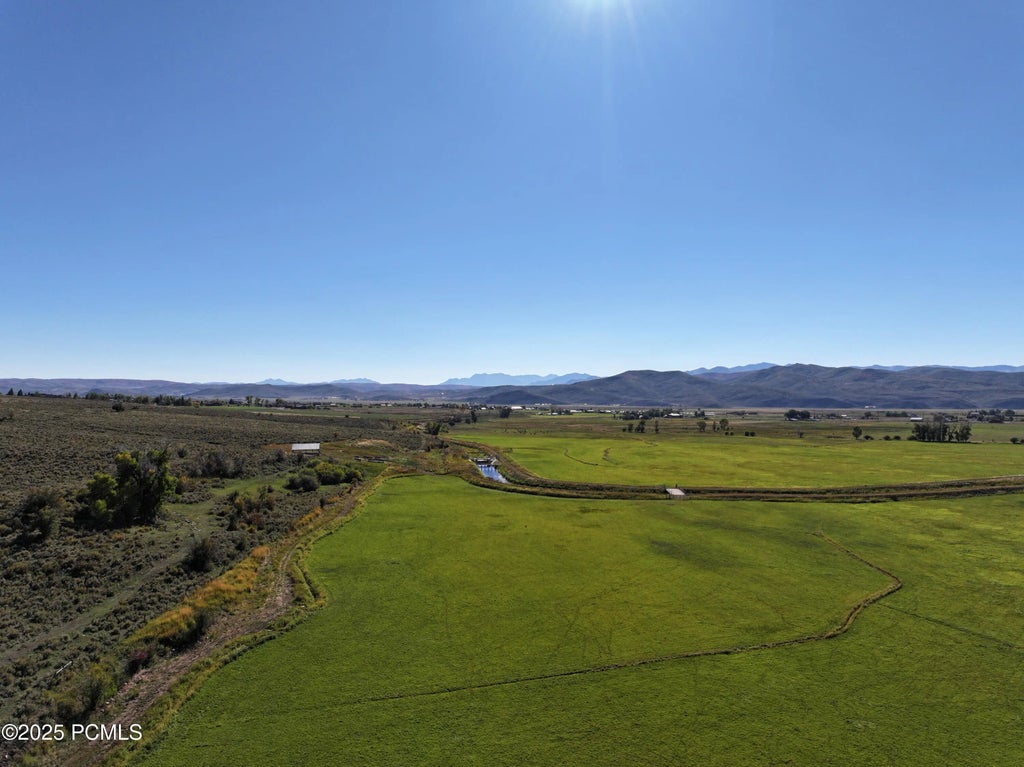
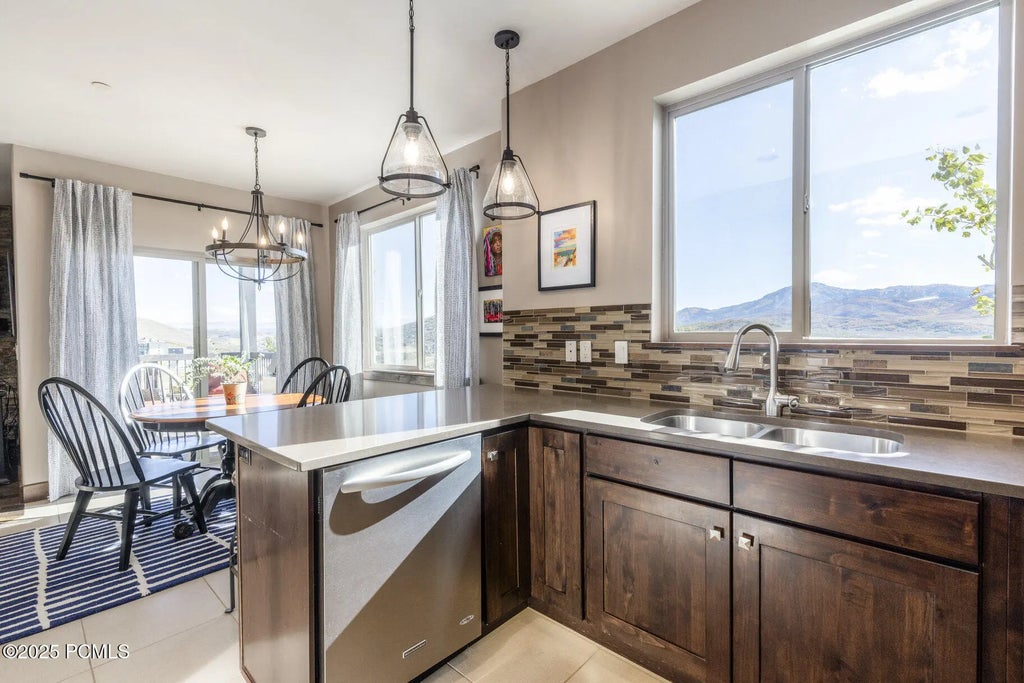
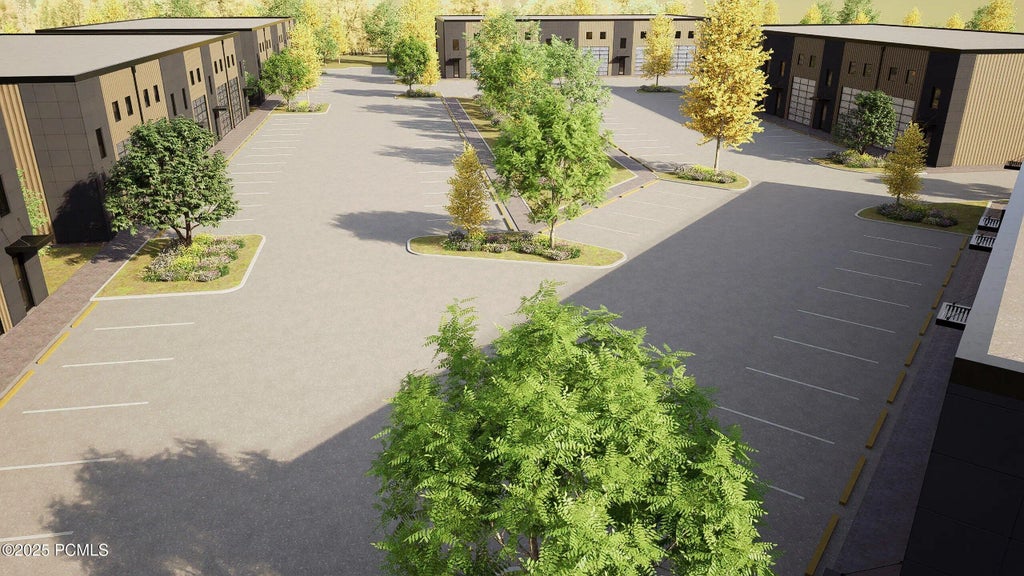
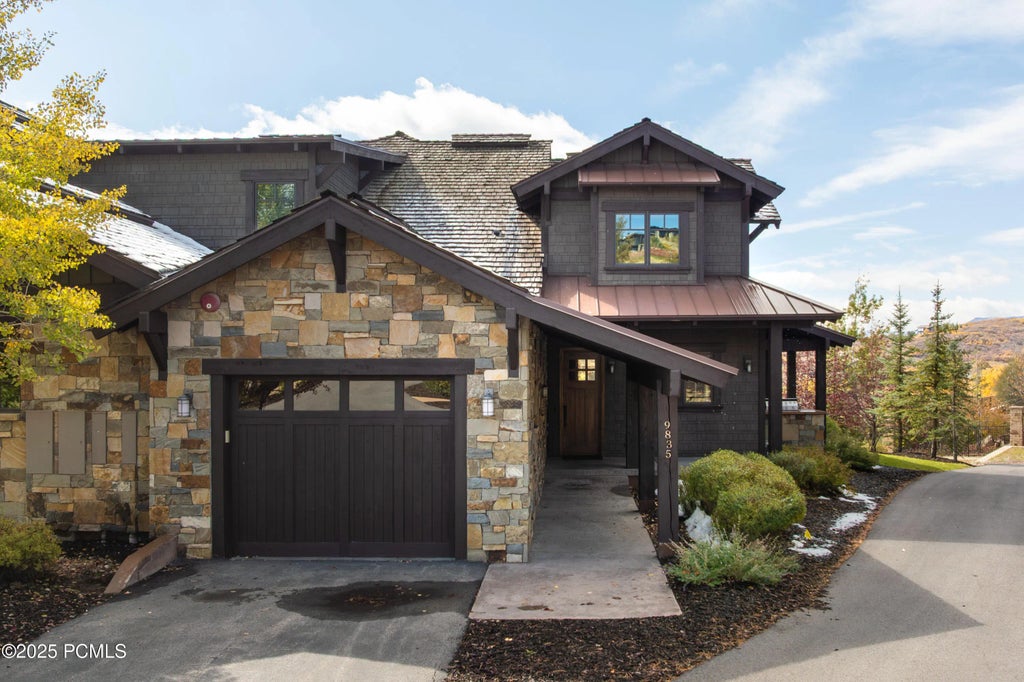
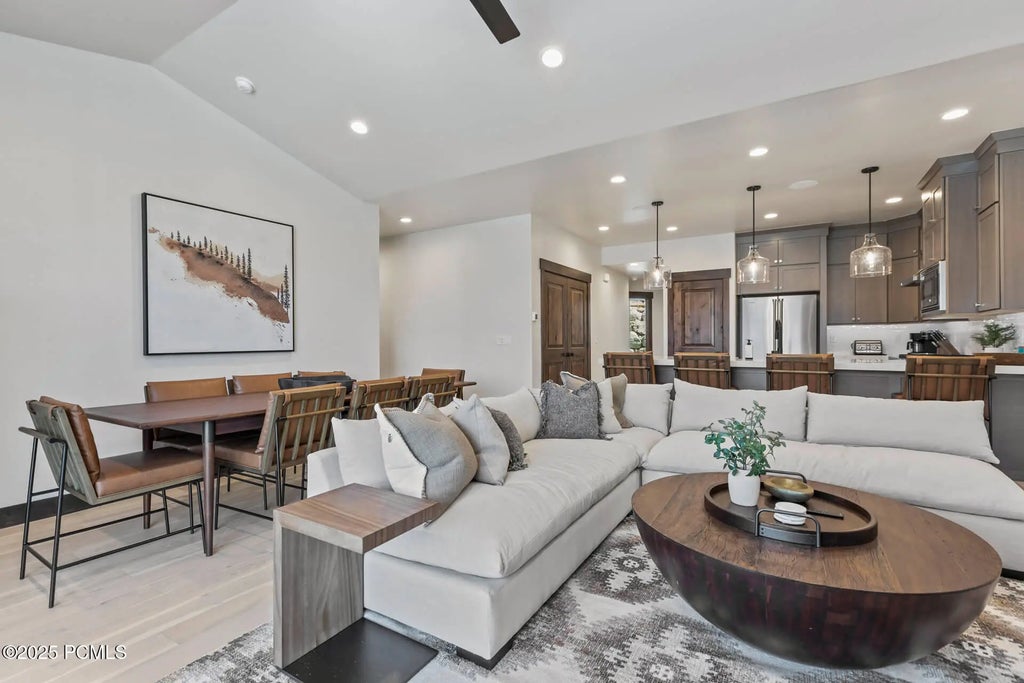
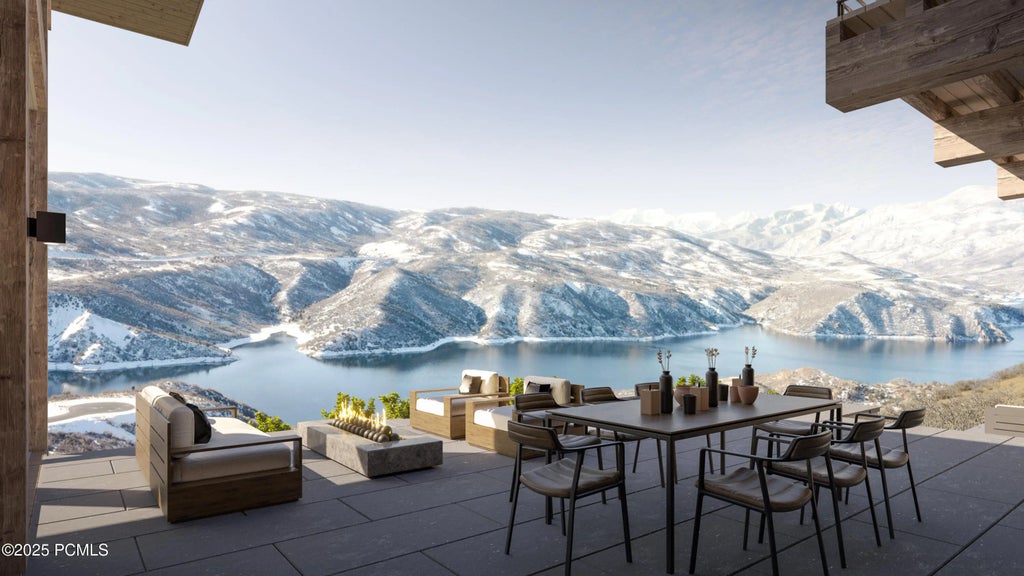
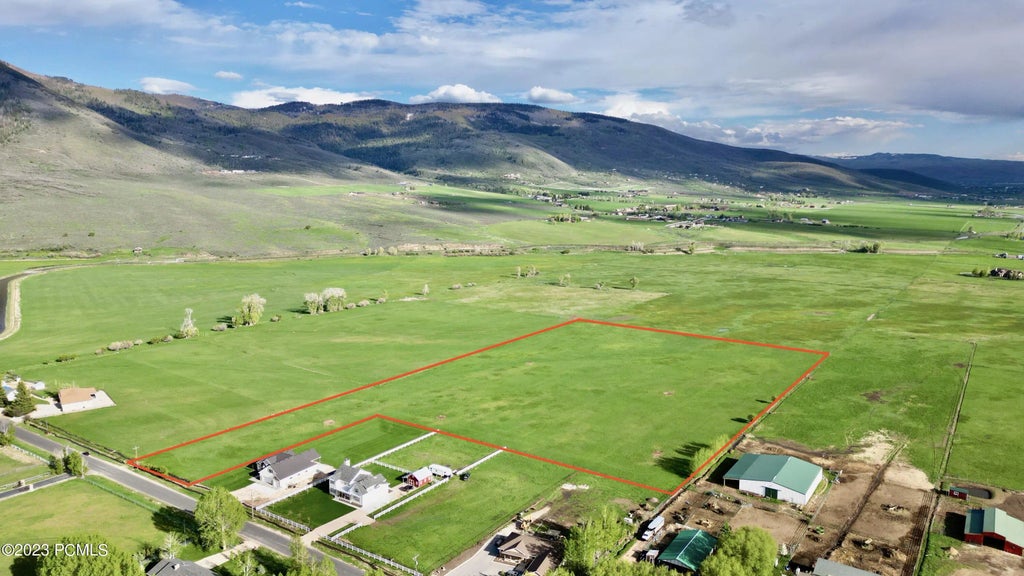
_(1).jpg)
